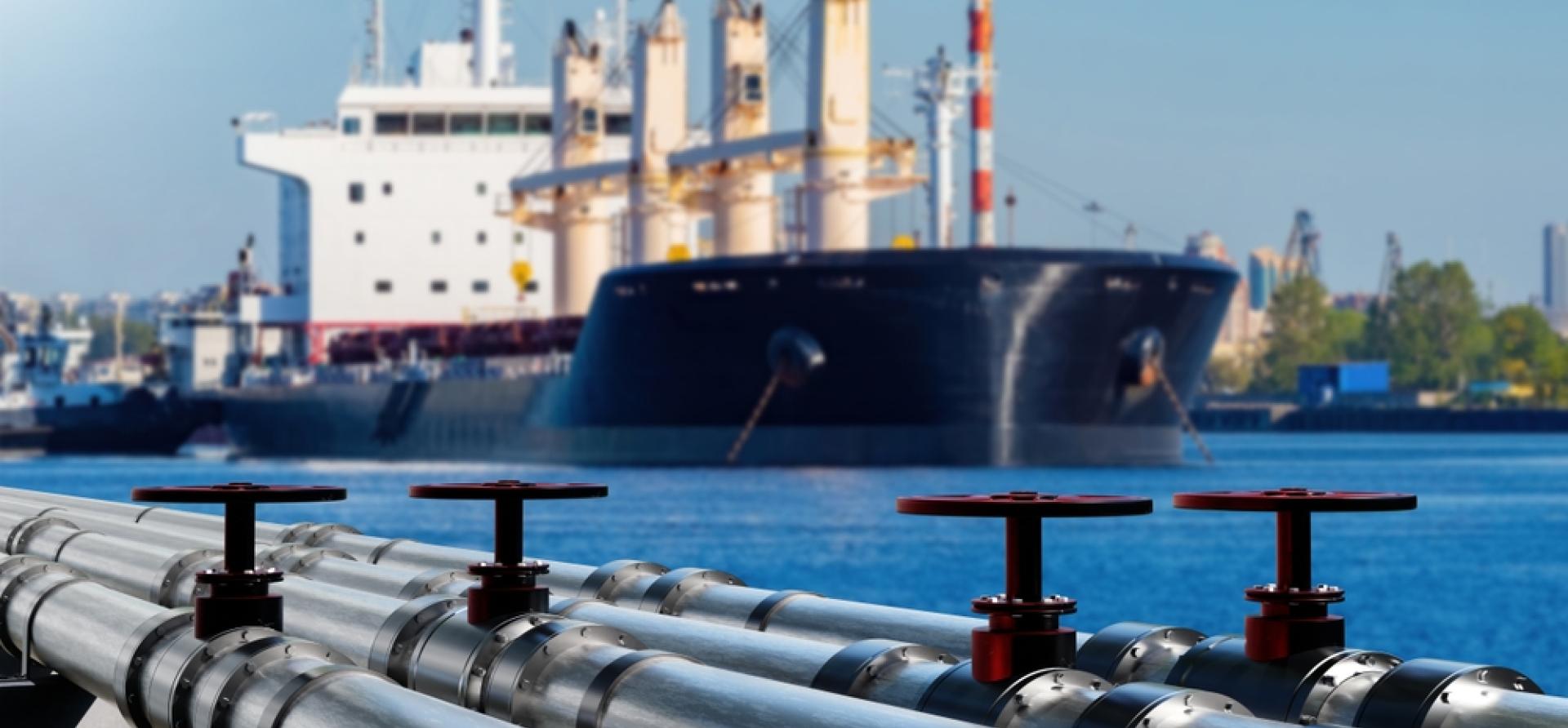Energy market prone to West Asia crisis

Key Findings
The BSE Sensex dropped 1,800 points in a single day trade on October 3, eroding shareholders’ wealth and investor confidence. It lost another 800 points the next day due to escalating tensions between Iran and Israel. It is estimated that foreign investors withdrew around $1.8 billion from the Indian market. This could impede the growth of the renewable energy sector.
The last few days also witnessed a massive rise in oil prices. The Indian crude basket that averaged $73.24 per barrel on September 30 touched $75.22 per barrel on October 4. This is expected to increase as supply constraints loom, given that West Asia is a key oil-exporting region.
The most visible impact on the energy sector is the increase in the prices of coal and liquefied natural gas. This can impact power and industries, and if prolonged, can lead to an economic slowdown and environmental harm as industries switch to dirtier fuels. Diversifying energy sources and increasing renewable energy deployment can maintain energy security. Shifting of peak demand to solar hours and falling prices of battery energy storage systems are some ways to achieve this.
In the past three months, central banks in the US, UK, and Europe have started cutting interest rates as inflation moderates. Even in India, there are strong currents that the Reserve Bank of India’s (RBI) Monetary Policy Committee will also lower interest rates. India’s foreign exchange reserves were at an all-time high, crossing over $700 billion, which started dwindling when oil and other commodity prices began rising.
While India navigated the previous two shocks relatively unscathed, the big question is whether it can continue to exhibit strong economic fundamentals and fend off the upheaval in the global markets that the tensions between Iran and Israel will likely cause.
Impact of increasing tension in West Asia
The immediate impact of the rising tension between Iran and Israel is already visible. Prices of commodities oil and gold increased while stock market indices fell. These variations might be short-lived, with commodities and indices historically showing resilience in the longer term, but the economic impact tends to last for the medium to long term.
Gold prices are a key economic indicator in times of crisis. As it is a safe-haven investment, gold demand increases during geopolitical disturbances, which leads to a price increase. Recent developments have led to spot gold prices touching a record high of $2,649.69 per ounce (or Rs 78,583.76 per 10 grams) last week, a 37% year-on-year increase. The purchase of gold by various central banks in the last few months had already kept prices high, but now, with tensions in West Asia, they have soared to record highs.
The BSE Sensex, on the other hand, dropped 1,800 points in a single day trade, eroding shareholders’ wealth and shaking investor confidence. It lost another 800 points the next day, a fall of 3% in the first three to four days of the escalation of tensions between Iran and Israel. It is estimated that foreign investors withdrew around $1.8 billion from the Indian market. While the market could regain value, as seen after the Russia-Ukraine crisis, the immediate withdrawal of investments could impede the growth of non-conventional sectors like renewable energy.
The last few days also witnessed a massive rise in oil prices. The Indian crude basket that averaged $73.24 per barrel on September 30 has already touched $75.22 per barrel on October 4. This is expected to increase as supply constraints loom, given that West Asia is a key oil-exporting region.
One estimate suggests that Brent crude oil, which closed at $77.62 per barrel on October 4, could increase by $20 per barrel. This surge in oil prices does not augur well and could lead to inflationary pressures on the Indian economy. Oil imports have already cost the exchequer $60 billion or approximately Rs 5 lakh crore till August for FY25. This could massively increase with high oil prices, which, if passed on to consumers, will lead to a domino effect across the economy.
The depreciating rupee is a double whammy for an oil-importing country like India. The central bank intervention, for now, has helped maintain the rupee value below the 84 per dollar mark. However, the RBI may struggle to maintain support if the West Asia crisis escalates. While already at a record low, any further depreciation in the rupee will make imports more expensive, including of oil, 85% of which India imports. It will also increase the cost of borrowing again, potentially impeding investments in new energy schemes and non-conventional sectors.
Energy commodities to become pricier
The most visible impact on the energy sector is the increase in prices of coal and liquefied natural gas (LNG), both of which touched unprecedented highs during the immediate aftermath of the breakout of the Russia-Ukraine war. The high prices impact power and industries, which, if prolonged, can lead to an economic slowdown and environmental harm due to industries switching to dirtier fuels.
High coal prices and supply crunch during the earlier global disturbance led to a power crisis and increased prices of industrial output.
The worst impacted commodity is LNG. Geopolitical disturbances have made the already volatile natural gas markets more fragile, raising concerns in the narrative about the feasibility of natural gas as a bridge fuel. The fuel can no longer be viewed as a low-cost alternative.
While the LNG futures today are not showing a massive increase, the recent surge in oil and gold prices, which have had a progressive impact on LNG prices, indicate an upcoming price rise. These variations in LNG pricing, especially hikes, impact price-sensitive buyers like India the most.
Clean energy can help alleviate high energy prices
Energy commodities are sensitive to geopolitical disturbance. India, which depends highly on imports for all its fuel needs, needs to diversify its energy sources and increase the deployment of renewable energy to maintain energy security and affordability. Shifting of peak demand to solar hours, low prices achieved on firm and dispatchable renewable energy tenders, falling prices of battery energy storage systems, and other new technologies are already encouraging signs for renewable energy deployment. The right strategy would be to build on this for energy security.
This article was first published in Financial Express.
















